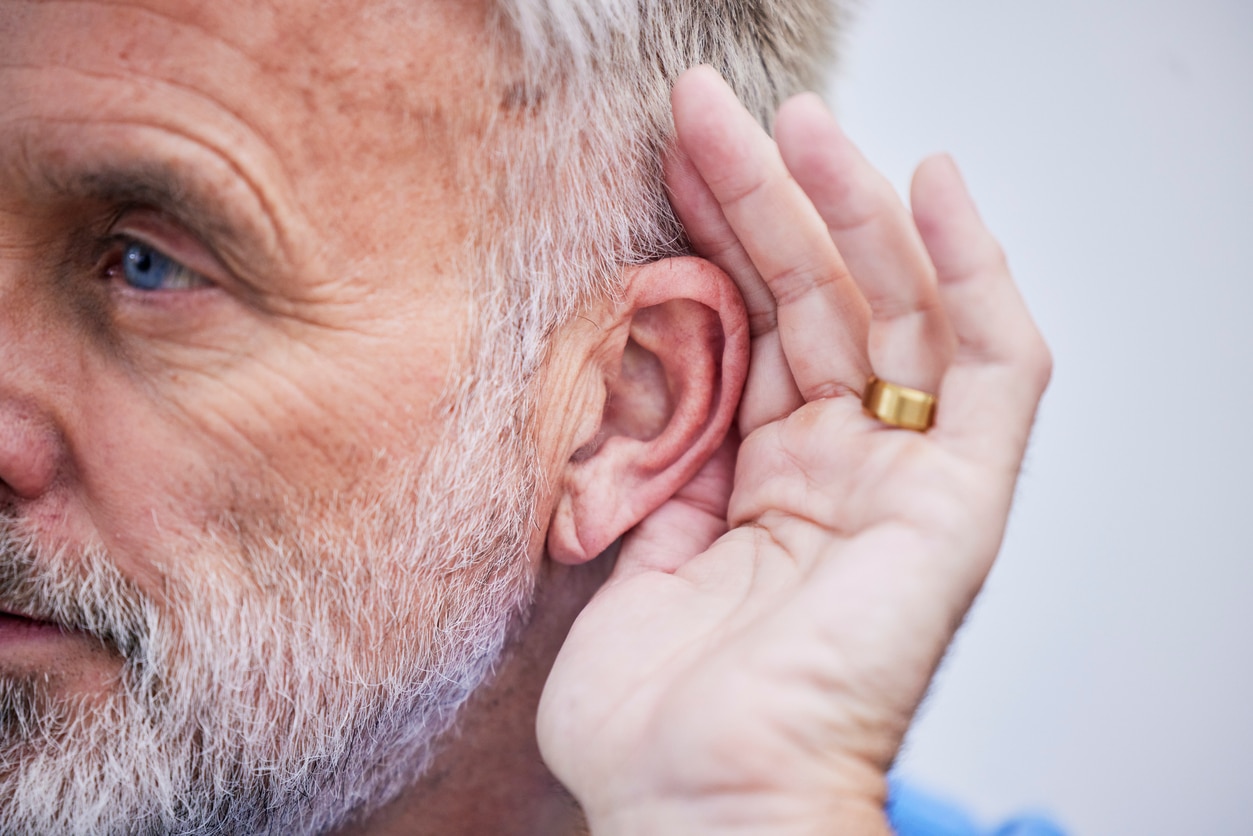According to the World Health Organization, by 2050, approximately 1.5 billion people are projected to experience some level of hearing loss. A significant cause of this is damage to the inner ear’s hair cells, which are essential for converting sound into signals that the brain can understand. These cells are highly sensitive, and damage from aging, loud noise or illnesses leads to permanent hearing loss since they do not regenerate. However, recent advancements in gene therapy offer a promising path forward. In a new study, scientists were able to repair these hair cells in mice using the body’s own fluids to deliver the therapy through a little-known pathway in the cochlea.
How Hair Cells Impact Hearing

Hair cells in the cochlea are the first step in the complex process of hearing. They pick up sound vibrations and turn them into electrical signals that travel to the brain. When these cells become damaged, hearing diminishes or disappears altogether. While current solutions like hearing aids or cochlear implants can improve hearing by amplifying sound or directly stimulating the auditory nerve, they do not restore the natural function of the ear. This limitation has led scientists to explore gene therapy as a potential treatment to repair or regenerate damaged hair cells.
Breakthrough in Gene Therapy Delivery
A groundbreaking aspect of this research is the discovery of a natural cochlear pathway called the cochlear aqueduct. This pathway, which connects to the brain’s cerebrospinal fluid, offers an efficient route to deliver gene therapy directly to the cochlea. In recent experiments, scientists successfully injected gene therapy into this fluid, which then traveled to the inner ear in young mice, repairing the damaged hair cells. This resulted in a restoration of hearing function in these mice.
One reason the therapy is so effective in young mice is that their cochlea is still accessible through this natural pathway. As they have not yet developed the bone that encases the cochlea with age, the therapy can reach the damaged cells without invasive surgical procedures. This natural access point provides a less invasive way to administer treatment, marking a significant step forward in developing gene therapy for hearing restoration.
Age-Related Barriers and Future Prospects
One challenge scientists face in translating this therapy to humans, particularly older patients, is that as mammals age, the cochlea becomes surrounded by bone. This process creates a barrier that makes it difficult to deliver gene therapy using the natural fluid pathways. This could limit the effectiveness of such treatments in older individuals, requiring researchers to find alternative methods to overcome the obstacle of cochlear bone formation.
While this discovery is still in the experimental stages and primarily focused on young mice, it opens exciting possibilities for future treatments. The ability to regenerate hair cells through non-invasive delivery systems like the brain’s own fluids could lead to groundbreaking therapies for hearing loss, especially in cases of progressive genetic or early-onset hearing loss.
The potential for gene therapy to restore auditory function represents a significant leap forward in the fight against hearing loss. For more information about this research or to schedule a hearing consultation, contact [client name] today.